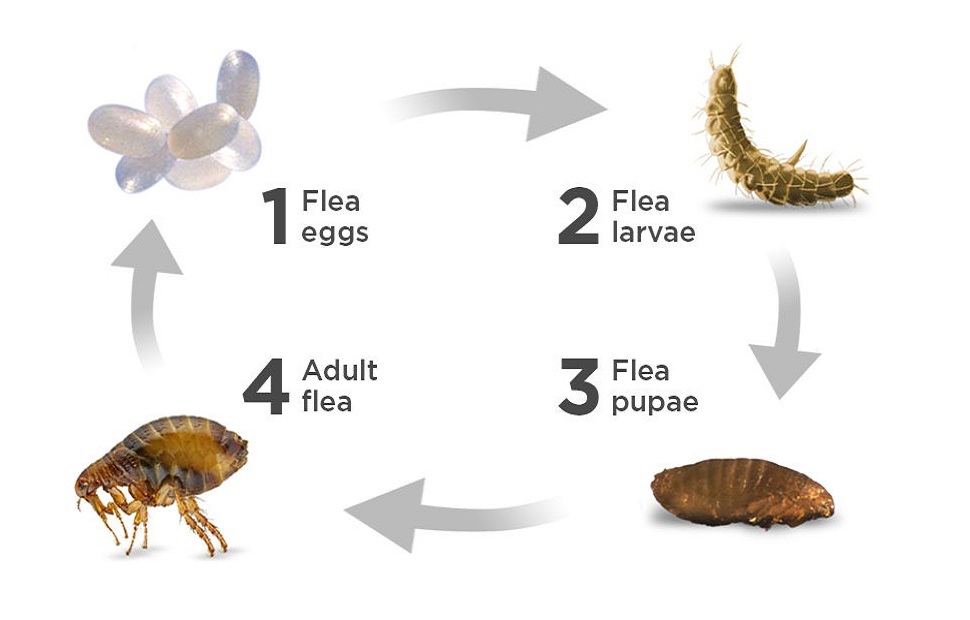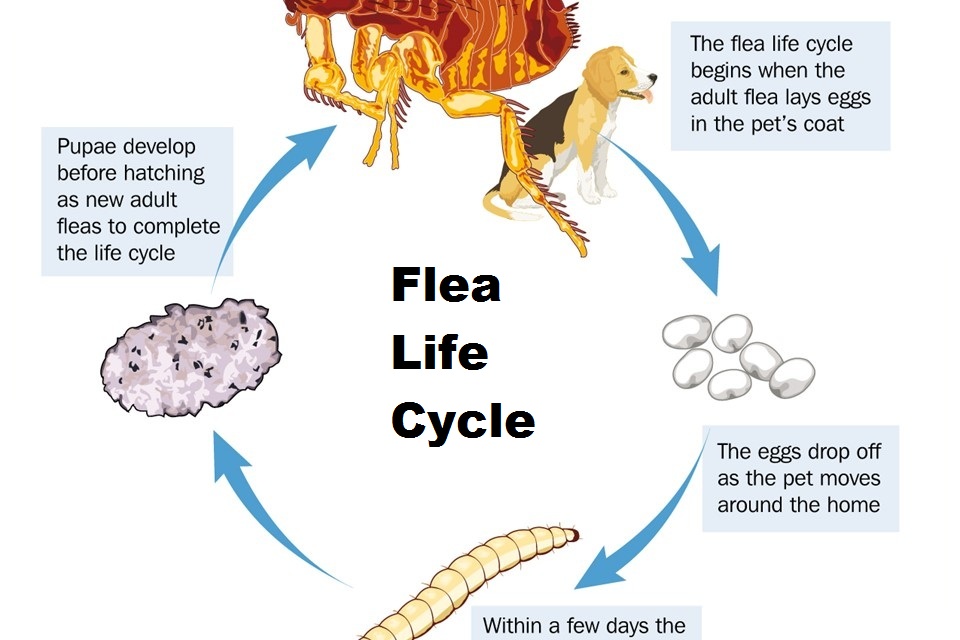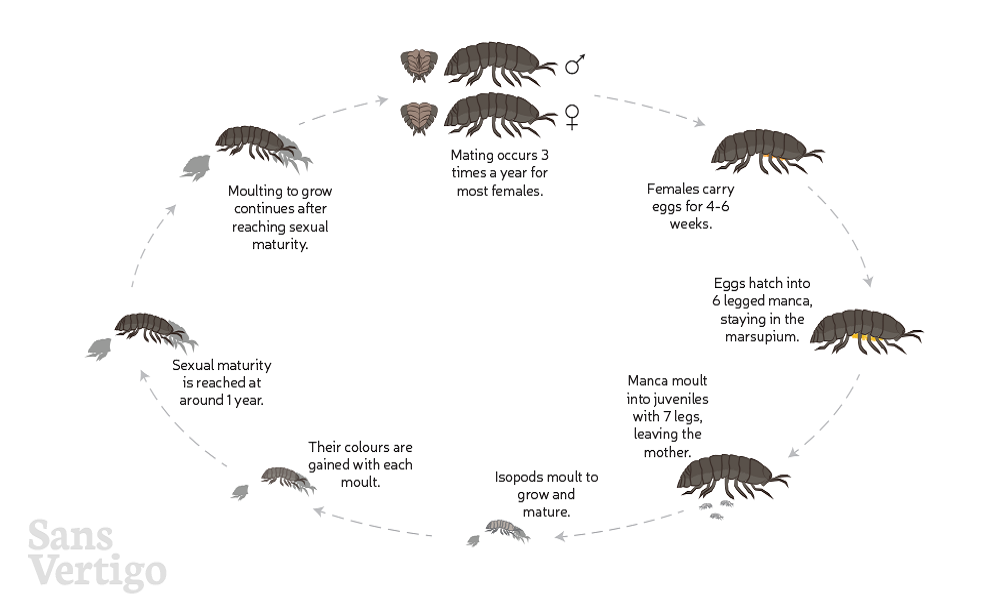Where Does Flea Lay Eggs?
It’s no surprise that the term “flea” may make us itch. But, unfortunately, a single flea may quickly multiply into an outbreak of fleas that deposit countless tiny flea eggs on dogs and cats.
It is critical to identify fleas early to control a flea epidemic. To get a flea problem under management, you must battle fleas at every step of their life cycle, including flea eggs.

Deposit their egg near primary food
Fleas like to deposit their eggs around their primary food supply, which is your dog or cat. Fleas cannot lay eggs if they are fed human blood. As a result, even when they bite someone, they nearly never lay eggs in their hair.
A female flea will leave her eggs in your dog’s fur 36 to 48 hours after eating your poor pet’s blood—but that’s not where they remain.
What Is the Average amount of Eggs Laid by a Flea?
A mature female flea may lay 20 to 50 eggs each day, according to how much she has consumed, the weather, and the presence of chemicals in the surroundings. A single flea may lay up to 2,000 eggs in a single lifespan (only a few months). That implies that a solitary female flea may produce a significant population in just a few weeks.
How Do Flea Eggs Appear?
While adult fleas are relatively easy to identify, flea eggs can be more challenging to spot.
Flea eggs are almost tiny, measuring around 0.5 millimeters in dimension and half that width. This is around the thickness of a grain of salt.
Flea eggs have a fragile shell termed a “chorion” that is off-white in color and oval in form, comparable to a grain of salt.
Conclusion
As the weather warms, pet owners are eager to explore backyards and forests with their four-legged companions. Unfortunately, the warmer temperature also encourages flea eggs to hatch. Fleas are difficult bugs to control, as anybody who has ever faced with one knows.

Emily’s passion for small critters knows no bounds. She’s your guide to the wonderful world of hamsters, guinea pigs, and all things pocket-sized.




